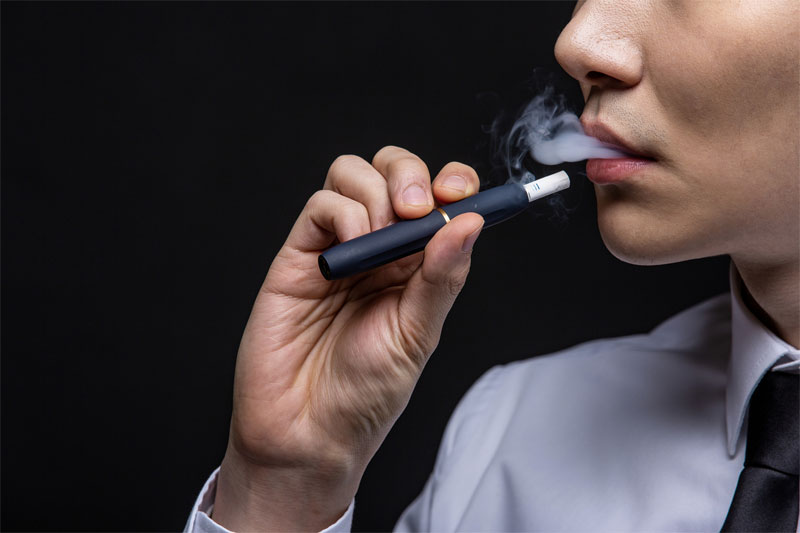In recent years, the debate surrounding e cigarettes second hand smoke
 has grown significantly as smoking habits change and new technologies emerge. As traditional smoking declines, electronic cigarettes or “e cigarettes” have surged in popularity, sparking conversations about their impact on health and society. One crucial aspect of this debate focuses on second hand smoke, typically linked to conventional cigarettes but now being re-evaluated in the context of e cigarettes.
has grown significantly as smoking habits change and new technologies emerge. As traditional smoking declines, electronic cigarettes or “e cigarettes” have surged in popularity, sparking conversations about their impact on health and society. One crucial aspect of this debate focuses on second hand smoke, typically linked to conventional cigarettes but now being re-evaluated in the context of e cigarettes.
Comparing Emission Contents: Cigarettes vs E Cigarettes
A significant advantage of e cigarettes is their relatively lower levels of toxicants. Traditional cigarette smoke encompasses thousands of chemicals, many of which are carcinogenic. In contrast, e cigarettes produce vapor primarily made up of water, nicotine, and propylene glycol, along with flavorings. While this reduces overall toxicity, it does not entirely eliminate health risks.
Furthermore, the absence of combustion in e cigarettes eliminates tar and significantly reduces carbon monoxide levels. These differences highlight why e cigarettes are often viewed as a safer alternative to smoking. Yet, the true impact of their vapor on bystanders is still subject to rigorous investigation, and the public often remains skeptical.
Addressing Public Concerns: The Myth and Reality
One prevalent myth is that e cigarettes emit harmless vapor. While scientifically the vapor is less hazardous than cigarette smoke, it is not completely benign. Long-term studies are still necessary to ascertain the cumulative effects of exposure over time. Advocates of e cigarettes argue that the reduced harm should not be ignored, particularly for smokers seeking a less damaging option.
FAQs on E Cigarettes Second Hand Smoke
Q: Can e cigarettes really harm non-users?
A: While significantly less harmful than traditional cigarette smoke, e cigarette vapor contains elements that may affect non-users, thus caution is warranted.
Q: Are e cigarettes safer for indoor use?
A: Although they produce fewer toxins, concerns over indoor air quality persist, necessitating more comprehensive studies.
Q: Should e cigarette emissions be regulated like tobacco smoke?
A: Continued research and evidence are required to establish guidelines that adequately address the safety of e cigarette emissions in public spaces.
